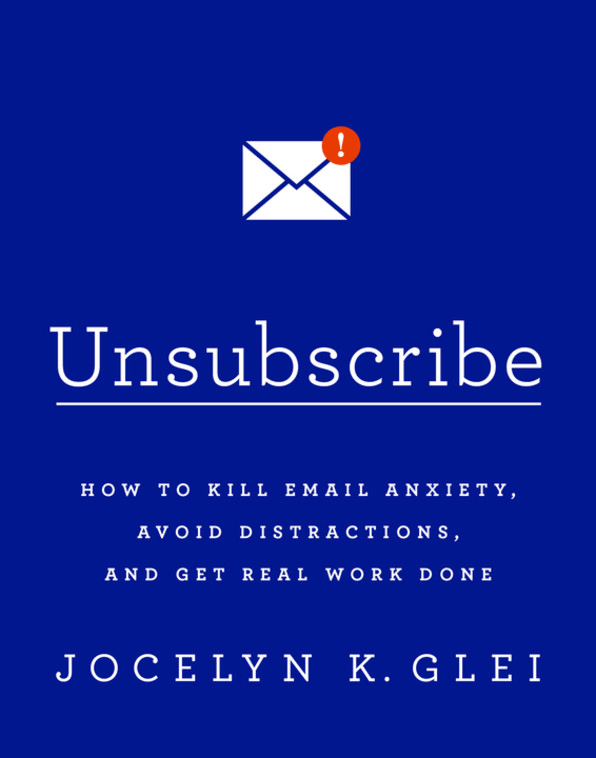Six Ways To Write Emails That Don’t Make People Silently Resent You
Research has shown that when we receive an email, we’re predisposed to view the tone of that message negatively–or at least more negatively than the sender intended it.
Given that everyone has this natural “negativity bias” against email, it’s important to pay close attention to your phrasing. For the most part, we use email either to remind people about things they said they’d do, or to ask them to do something for us. In the absence of social cues, this is a delicate task. With that in mind, here are a few tips for making your emails friendly and appealing—without running on too long or coming off as ingratiating.
1. Avoid Imperatives
If you’ve forgotten your grammar lessons, the imperative is the mood I just used in that subheading. It’s essentially a command: “Do this, go there, finish that.” In general you want to avoid using the imperative in email. People like to feel they have agency in their work, and the imperative turns them into peons following orders. (And if you’re speaking to someone above you, it sounds downright presumptuous.)
Rather than using the imperative, try to make a habit of using the conditional—”Could you? Would you?”—when asking someone to do a task. Instead of saying do this, ask them if they could do this. It’s a subtle shift in phrasing, but it conveys a big shift in perspective: you’re putting the ball in their court and respecting their right to make decisions about what they will do and when.
2. Emphasize The Benefits Of The Task
If you’re sending an email to someone, you probably have a good reason why—that is, there’s some benefit to you. But what’s in it for them? People like to have a reason for doing things. If you want to get a positive reaction to your message, it’s helpful to provide some greater context for the request. The “why,” if you will.
You could frame the benefit in terms of quality:
I know this is frustrating, but it will make the product even better.
Or in terms of progression:
We’re so close to meeting the deadline; we’ll be just about there after this one last push.
Or even in terms of gratitude:
If you could just make this one tweak, it would really help me out, and then we’ll be done.
3. Provide Context And Communicate Progress
As you no doubt noticed in the previous examples, I chose to emphasize the fact that the task was “almost done” in multiple instances. The human brain likes to feel a sense of completion, as we covered earlier in the book; people are always more motivated when the end is in sight. Even if you’re not near the end of a project, framing a request in terms of completing a milestone or some other small step can be helpful. The happy sense of completion could even come from the promise of not getting any more email from you, such as:
Once you wrap up this task, I can take over the next stage of the project, and you won’t have to get all these emails from me anymore!
The point is to put the request on a timeline and show progress so your recipient understands, “If I do this, we will be moving forward.”
4. Acknowledge Their Workload
A little consideration goes a long way. I’ve found that people are much more receptive to requests if you take the time to acknowledge that you recognize they’re busy, as in:
I know you have a really hectic schedule, but let me quickly explain why I think this opportunity is worth your while . . .
Or you can close an email with:
Thanks for taking time out of your no doubt busy schedule to consider my request.
By empathizing with their workload, you cut off the possibility of a, “They think I have time for this?!” type of reaction to your email, and communicate to them that you understand the context of your request. Explicitly indicating that you are aware of—and respect—other people’s time is always a good idea.

5. Don’t Underrate Earnestness And Enthusiasm
Email is the last place you want to play it cool. In fact, it’s hard to go wrong if you always focus on conveying a super-positive, hardworking attitude in every message you write. You might think you sound overly earnest or even chirpy when you read back your email, but remember that the negativity bias will immediately take the language down a notch when it hits that person’s inbox.
I used to be staunchly against exclamation points and emoticons, but I changed my tune as soon as I had to manage a bunch of moody creatives via email. Upbeat punctuation makes your enthusiasm and support palpable to the reader, supplying the social cues that are generally absent. And so what if you sound like a cheerleader—couldn’t we all use a little more support at work?
6. Never Default To Terseness (It’s Earned)
You have probably received emails from very successful and busy people that were extremely terse. Perhaps it was from your boss or from a successful entrepreneur or investor. Regardless, do not take these emails as cues for how you should write emails. With power and renown come benefits, and one of those benefits, in some people’s minds, is the chance to not mince words. It works for them, because in most instances, the people they are emailing have no choice but to accept their curt style of communication. It does not mean such an approach is advisable for you or for anyone who values kindness and consideration.
This article is adapted with permission from Unsubscribe: How to Kill Email Anxiety, Avoid Distractions, and Get Real Work Done by Jocelyn K. Glei. Copyright © 2016. Available from PublicAffairs, an imprint of Perseus Books, LLC, a subsidiary of Hachette Book Group, Inc.
Fast Company , Read Full Story
(79)














